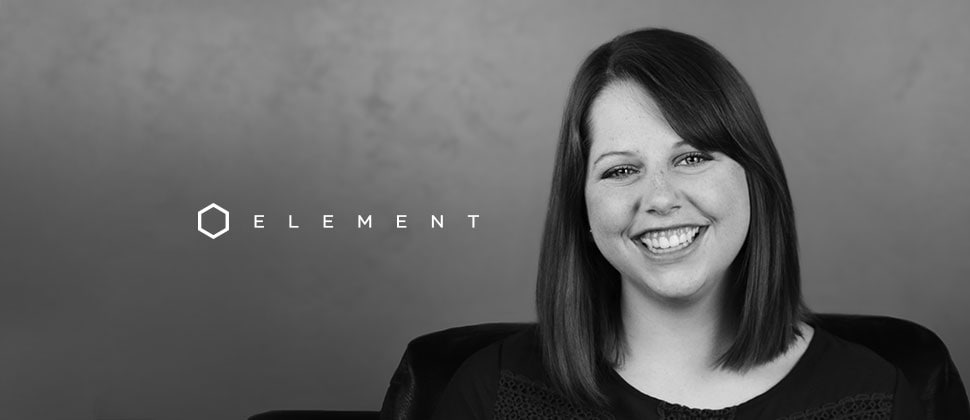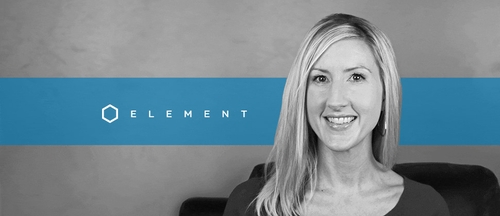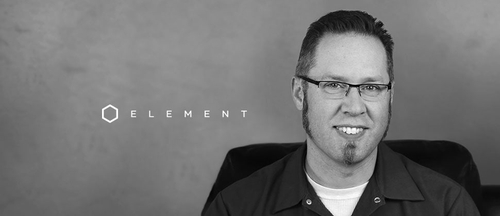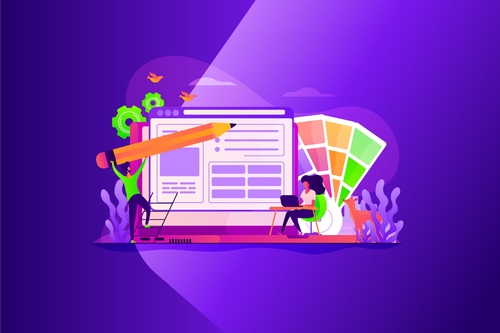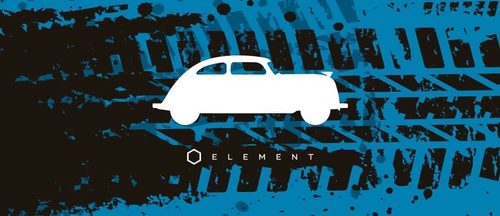The month of February is upon us and we’re continuing our Designer Series with a hand-lettered creation by none other than our graphic designer, Jenna Garvin.
With a passion for patterns and a soft spot for art history, Jenna’s hand-drawn creation marries classic typography with composition and skill for an inspiring, eye-catching design.
Jenna’s Facebook Cover Image
Q: What was the inspiration behind your design?
Jenna Garvin: I’ve been into hand-lettering for a while. I primarily do it to keep some drawing in my life. Drawing is one of those skills where if you don’t practice it, you lose it. I did a great deal of figure drawing and life drawing in college, however, the hand movements feel somewhat foreign now. I took up hand-lettering as a way to get back into the habit.
Drawing by hand requires precision and calculation. When you look at fonts on your computer or in print, it can be easy to forget that people actually drew what we’ve come to know as common typefaces. I’m fascinated with the history and skill behind hand-drawn letters. So much of what we’ve come to know has such a rich story behind it.
Q: Why did you choose this particular font for your design?
JG: My fascination for art history led me to choose Blackletter, also known as Old English, as the font for this design. It originated hundreds of years ago during the time when monks were the only ones who could write. Many monks would spend their entire lives creating one-of-a-kind illuminated manuscripts. Some of these pieces are breathtaking, with gold leafing and the most miniscule details. My design is the result of marrying historic letter-making with modern doodles.
Q: Each letter has a different pattern. Where did you come up with the idea for the patterns you used?
JG: When you look at the letters from far away, they appear to almost be solid. The beauty of the design is when you get up close to it and discover each unique pattern in the letterform. In order to achieve this, I originally created the design at a rather large scale, then scanning it into the computer to digitize it. So what you are seeing on screen is actually 17 inches wide.
To keep your attention on the patterns, I intentionally left the design black and white. Whenever you use color, you introduce another layer of information. I was taught to keep every design about the material, and the form, and color is there to enhance the design rather than cover up your mistakes.
Q: What’s your favorite part about being a graphic designer, and why do you like working at Element?
As a designer, you can count on something different every day. No two days are ever the same, and you never know what to expect. One day you may have to adapt pre-existing brand standards. The next, you need to improvise to find a solution to a new problem. One thing is for certain: it’s never monotonous.
There’s never a shortage of information to learn in the world of design. We work with many different types of brands every day. But there are days when you spend a lot of time with a brand, learning its ins and outs. Those moments are very rewarding, even if the project’s end result isn’t exactly what you anticipated.
Additionally, our creative team allows every designer to own their projects. You’re never going to be working on a project where someone else takes credit. Open communication between designers is encouraged, which is what leads to the project’s success and, thus, the success of our clients.
If you, or someone you know, has an eye for design and a passion to collaborate with clients to perform great work, apply today!
Curious about the history of other popular fonts used in the world of design? Check out the short video below to learn more about the history of typography!
